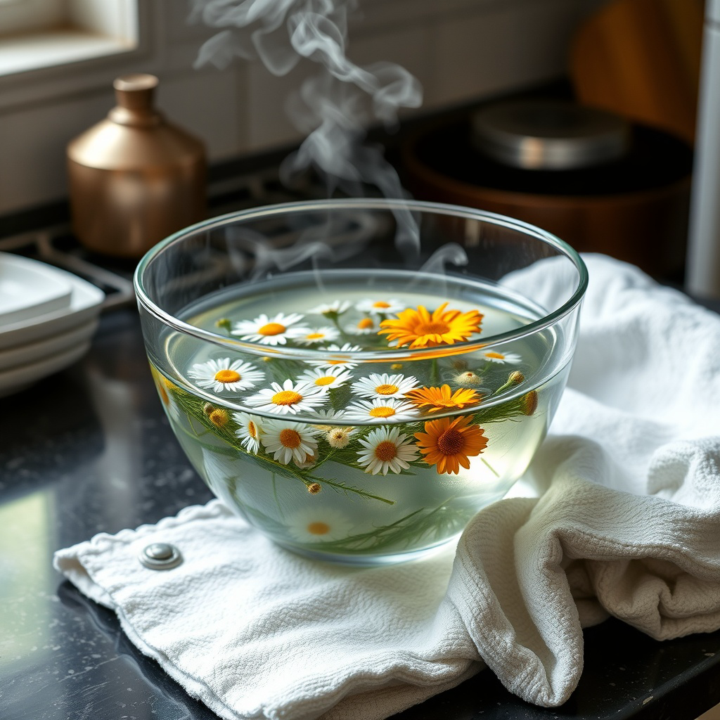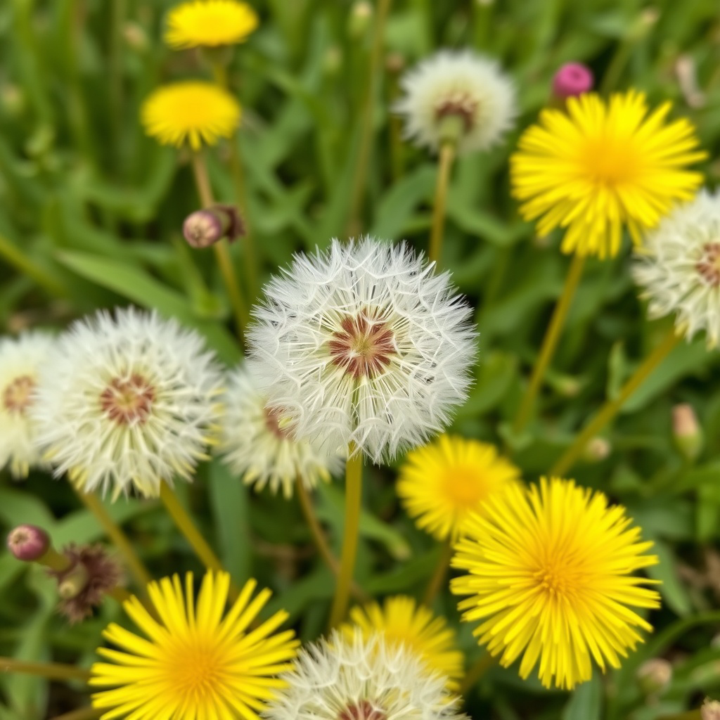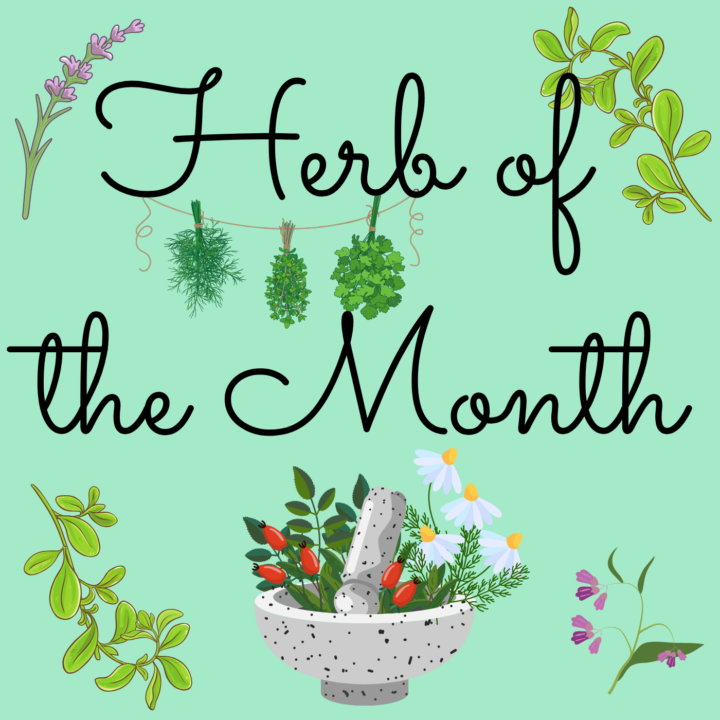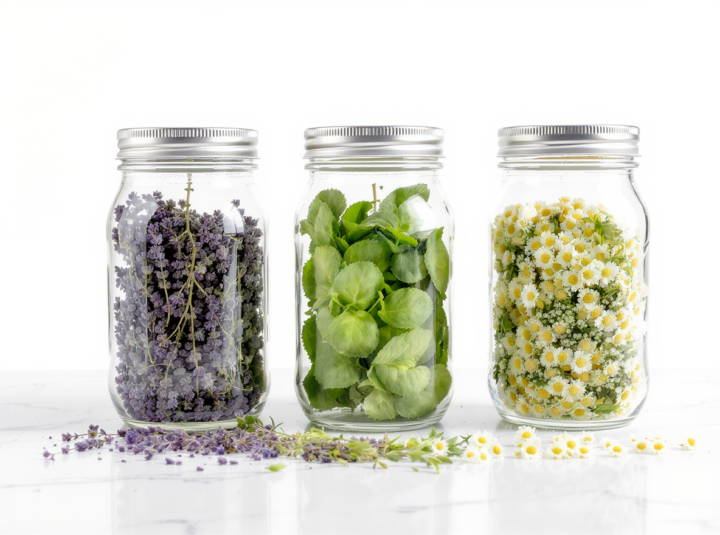🌿 Herbal Mocktails for Mind, Body, and Spirit
Happy Friday beautiful souls! This October, I’m joining the Sober October challenge! While I don’t drink much anyway, I love the idea of celebrating with friends and still being part of the festivities—even if I’m skipping the alcohol. That’s where herbal mixology comes in! Today, I’m sharing some of my favorite non-alcoholic “mocktail” recipes so you can sip something special, whether you’re participating in Sober October or just want a delicious, healthy alternative. 🌿 Herbal Mocktails for Mind, Body, and Spirit These refreshing herbal mocktails are alcohol-free, full of natural goodness, and designed to nourish your body and uplift your mood. Perfect for wellness gatherings, evening self-care, or simply adding a touch of herbal magic to your day. 💫 🌸 Rose Glow Refresher Mood: Calming, heart-opening, elegant Benefits: Promotes relaxation, reduces stress, and uplifts the mood. Ingredients: - 1 tbsp dried rose petals - 1 tsp hibiscus - 1–2 tsp honey (rose-infused if possible) - 1 tbsp lemon juice - 1 cup sparkling water Directions: 1. Steep rose petals and hibiscus in 1 cup of hot water for 10 minutes. 2. Strain, cool, and stir in honey and lemon juice. 3. Pour over ice and top with sparkling water. 4. Garnish with a rose petal or lemon twist. 🌹 🌿 Green Goddess Spritzer Mood: Cleansing, energizing, earthy Benefits: Supports liver detox, boosts energy, and clears the mind. Ingredients: - ½ cup dandelion root tea (chilled) - ½ cup burdock root tea (chilled) - 5–6 fresh mint leaves - 1 tbsp lime juice - ½ cup sparkling water Directions: 1. Mix chilled dandelion and burdock teas in a glass. 2. Add lime juice and muddle in mint leaves. 3. Fill with ice and top with sparkling water. 4. Garnish with a mint sprig and lime slice. 🍃 🌼 Calm & Cozy Chamomile Cooler Mood: Evening wind-down Benefits: Calms nerves, aids digestion, and relaxes the body. Ingredients: - ¾ cup chamomile tea - 1 tsp lemon balm - 1 tsp honey - ¼ tsp vanilla extract - ¼ cup almond milk

Natural Allergy Relief
How a Simple Herbal Steam Helped My Husband’s Eyes A few days ago, my husband was struggling with severe allergy symptoms. His eyes were red, puffy, watering, and even a bit gooey. He was also sneezing frequently. Wanting to help him find relief without reaching for over-the-counter medications, I turned to a time-honored herbal remedy: a steam inhalation using calendula, chamomile, and yarrow. I placed these herbs into hot water, and he leaned over the bowl with a towel draped over his head to trap the steam. After just one session, he felt noticeable relief. By the second day, the gooey discharge and watering had stopped. On the third day, his eyes were almost back to normal. Here’s why this simple herbal steam worked so well—and why these herbs are such powerful allies for allergy season. The Herbs: Constituents and Benefits Calendula (Calendula officinalis) Calendula is renowned for its soothing, anti-inflammatory, and antimicrobial properties. Its main constituents include triterpenes (calendulosides), flavonoids (like narcissin and rutin), volatile oils, and chlorogenic acid. These compounds help reduce inflammation, fight infection, and promote tissue healing. Calendula is especially helpful for irritated, inflamed, or infected skin and mucous membranes, making it ideal for soothing red, puffy eyes and supporting the healing of delicate eye tissues. It’s also been shown to help with allergies, atopic dermatitis, and other reactive skin conditions by downregulating inflammation and protecting cells from oxidative stress. Chamomile (Matricaria chamomilla) Chamomile is a classic herb for calming both the body and mind, but it’s also a powerhouse for inflammation and irritation. Its key constituents include sesquiterpenes (like chamazulene and bisabolol), flavonoids (apigenin, luteolin, quercetin), and essential oils. Chamomile is anti-inflammatory, antispasmodic, and antimicrobial. It soothes mucous membranes, calms allergic reactions, and helps reduce redness and swelling. Chamomile is particularly effective for eye irritation, allergies, and even as a compress for inflamed skin or eyes. It’s gentle enough for sensitive tissues and has a long history of use for allergy symptoms, including watery, irritated eyes and sneezing.

Fun Facts about Dandelion
Happy Tuesday, beautiful souls! You might know dandelion as the cheerful yellow flower dotting lawns and fields, but did you know it’s packed with wellness benefits and fascinating history? Here are some fun facts and simple ways to use this wild wonder: Fun Facts about Dandelion • Dandelion’s botanical name is Taraxacum officinale, and it’s part of the daisy family—think of it as the daisy’s wild cousin! • Every part of the dandelion is useful: root, leaf, and flower. The fluffy seed heads kids love to blow? That’s dandelion, too! • Dandelion is a symbol of resilience, thriving in sidewalk cracks and lawns, reminding us to find strength and beauty in unexpected places. Traditional and Modern Uses • Dandelion leaves are rich in minerals like potassium, calcium, iron, and magnesium, plus vitamins A, C, and K. They’re a bit bitter, but that’s part of their magic—bitters help wake up digestion! Add young leaves to salads, soups, or steam them like spinach. • The roots can be roasted and brewed as a coffee substitute, or simmered for a nourishing tea. Dandelion root is especially rich in prebiotics in the fall, supporting gut health and healthy blood sugar. • The bright yellow flowers can be used to make dandelion wine, tossed into salads, or infused in oil for a soothing skin balm. • Dandelion acts as a gentle diuretic, supports healthy digestion and liver function, and has been used for skin health, especially when breakouts are linked to sluggish digestion or hormonal shifts. • The milky sap from the stem can be dabbed on warts—a little folk remedy from nature. A Few Gentle Reminders Dandelion is generally safe and well-tolerated, but if you have gallstones, bile duct blockages, or are on certain medications (like diuretics or blood thinners), check with your healthcare provider first. Rarely, those with allergies to the daisy family may react, so listen to your body and start slow. Let’s celebrate the wild wisdom of dandelion together! Have you tried dandelion in your kitchen or teacup? Share your favorite way to use this sunny herb, or let me know if you have any questions about harvesting or preparing it.

October, Herb of the Month
Hello, beautiful community! As the leaves begin to turn and the air grows crisp, I’m so excited to welcome you to October’s Herb of the Month: Dandelion—yes, that sunny little plant you’ve probably seen peeking up through the sidewalk cracks or waving at you from the edge of your garden. Now, I know what you might be thinking: “Dandelion? Isn’t that just a weed?” Oh, friend, I’ve been there too! But let’s take a moment to look a little closer. Dandelion (Taraxacum officinale) is one of nature’s most resilient and generous gifts. It’s a plant that reminds us that beauty and healing can thrive in the most unexpected places—just like we can. Why dandelion, and why now? As autumn invites us to slow down and reflect, dandelion offers gentle support for our bodies and spirits. Its roots dig deep, just as we do when we’re seeking nourishment and grounding. Its bright flowers bring a burst of sunshine, even on the grayest days. And its leaves—well, they’re packed with minerals and vitamins that help us feel vibrant and alive, especially as we transition into the cooler months. I’ve personally leaned on dandelion during times when my digestion needed a little extra love, or when my energy felt sluggish after a busy summer. Whether you’re sipping a cup of dandelion tea, tossing the tender leaves into a salad, or simply admiring its cheerful blooms, this plant has a way of gently nudging us toward balance and renewal. So, let’s explore dandelion together this month! I’ll be sharing stories, recipes, and simple ways to invite this humble herb into your daily routine. And as always, I’d love to hear your experiences—have you ever used dandelion? Do you have questions or curiosities? We’re in this together, learning and growing side by side. Ready to take the first step? Let’s celebrate the wild wisdom of dandelion and discover how this “weed” can help us thrive, inside and out. Drop a comment, share your story, or just say hello—I’m here for you, and I can’t wait to journey through October with you and our Herb of the Month!

Herbal Allies for Emotional Balance
Happy Wednesday, herbal enthusiasts! In our fast-paced world, finding emotional balance can sometimes feel like a challenge. Today, let's explore some gentle herbal allies that can support us in maintaining equilibrium and nurturing our emotional well-being. Herbal Allies for Emotional Balance: Chamomile: This sweet, apple-scented flower is a true friend to the nervous system. Chamomile is known for its calming properties, helping to ease anxiety and promote relaxation. It's especially helpful when anxiety is causing digestive issues like stomach butterflies or cramps. Try sipping on a cup of chamomile tea before bed to help calm your mind and promote restful sleep. Lemon Balm: This lemony-fresh herb is a mood-lifter and gentle nervine. Lemon balm is known to uplift the mood and spirits, helping people feel better. It's particularly beneficial for those dealing with seasonal affective disorder. Lemon balm can be enjoyed as a tea or tincture, offering a bright and uplifting experience while also providing gentle calming effects. Lavender: The soothing scent of lavender alone can be incredibly calming. Lavender is great for easing anxiety and promoting relaxation. It can help address challenging thoughts and emotions during a crisis, ease feelings of heaviness, boost motivation, and soothe sadness. Try using lavender essential oil in a diffuser, adding a few drops to your bath, or enjoying it as a tea. Holy Basil (Tulsi): This adaptogenic herb helps the body adapt to stress more effectively, whether it's spiritual, physical, or emotional stress. Holy basil supports mood balance and reduces anxiety without causing drowsiness, making it great for daytime use. It can be enjoyed as a tea or tincture, offering support for stress resilience. Skullcap: This herb is a powerful ally for those dealing with anxiety. Skullcap helps to quiet tremors, ease cramps and spasms, soothe a stressed mind, and relax a tense body. It's particularly helpful when stressful thoughts are keeping you awake. Skullcap can be taken as a tea or tincture, but be aware that it may cause drowsiness.

1-23 of 23
powered by

skool.com/april-joy-wellness-8257
Empowering busy women with simple, effective natural wellness routines through practical herbalism & mindfulness techniques. Join to thrive naturally!
Suggested communities
Powered by

